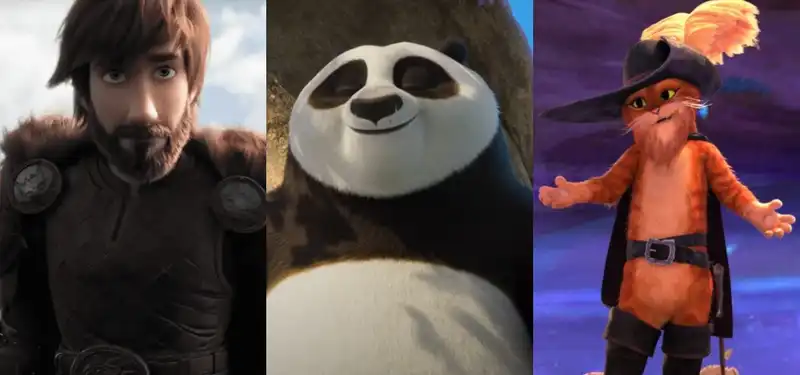Mar 8, 2024
Kung Fu Panda 4 hits theaters this weekend, but what about the DreamWorks sequel?
DreamWorks Animation will release the fourth installment of its popular “Kung Fu Panda” film series in theaters this weekend. The film, which opens today, is expected to gross over $50 million in 3,900 theaters, making it the second highest domestic opening in “Kung Fu Panda” history. The figure would be the second-biggest start for a DreamWorks title since Universal acquired the studio in 2016.
With so many studios favoring catalog IP these days, we wanted to take a closer look at DreamWorks' record on follow-up films. Of course, for any film to be successful, it has to be good, or at least something that audiences want to pay to see in theaters. But since we've seen bad franchise films make a lot of money and great original films go bust, we think this is a worthwhile exercise in furthering the debate over sequels, reboots, and remakes.
We reviewed the seven major DreamWorks franchises and collected domestic and worldwide box office revenues for each film that was released theatrically. Below is the raw data as cataloged by The Numbers. The franchises are listed in the order in which their respective first films were released:
At first glance, one can see that the box office performance of long-running franchises tends to follow a bell curve, peaking with the early sequels and falling with subsequent films. It is rare for the original or first film in a franchise to be the highest grossing, and even rarer for the final sequel to be the highest grossing. However, a large gap between sequels may offset the box office decline, as in the case of “Puss in Boots” (2011) and “Puss in Boots” (2022): The Last Wish” (2022) and ‘The Croods’ (2013) and ”The Croods : A New Era” (2020).
For the latter, the out-of-context numbers could be misleading, as “A New Age” was hit hard by the pandemic. It is perhaps more instructive to look at how the two “Croods” films fared against other films released under similar circumstances: the first “Croods” was the 11th highest grossing film worldwide in 2013, while the sequel was the 10th highest grossing film worldwide in 2020. Again, this supports the theory that long breaks between films help fight off audience fatigue.
Indeed, there are factors other than time. The Last Wish was a great film with a cutting-edge aesthetic that deserves to be the best and biggest studio feature film of the last few years, and New Age is only the second film from that franchise. But there is evidence to support the claim that DreamWorks has found success by taking a long break between animated films in the same franchise. Perhaps “Kung Fu Panda 4” will be the studio's next film that fits that trend.
The next step in evaluating this data would be to compare these sequel numbers to the box office totals of DreamWorks' original films to see if the sequel strategy yields better returns than a new release. But that is a topic for another time.




Post your comment